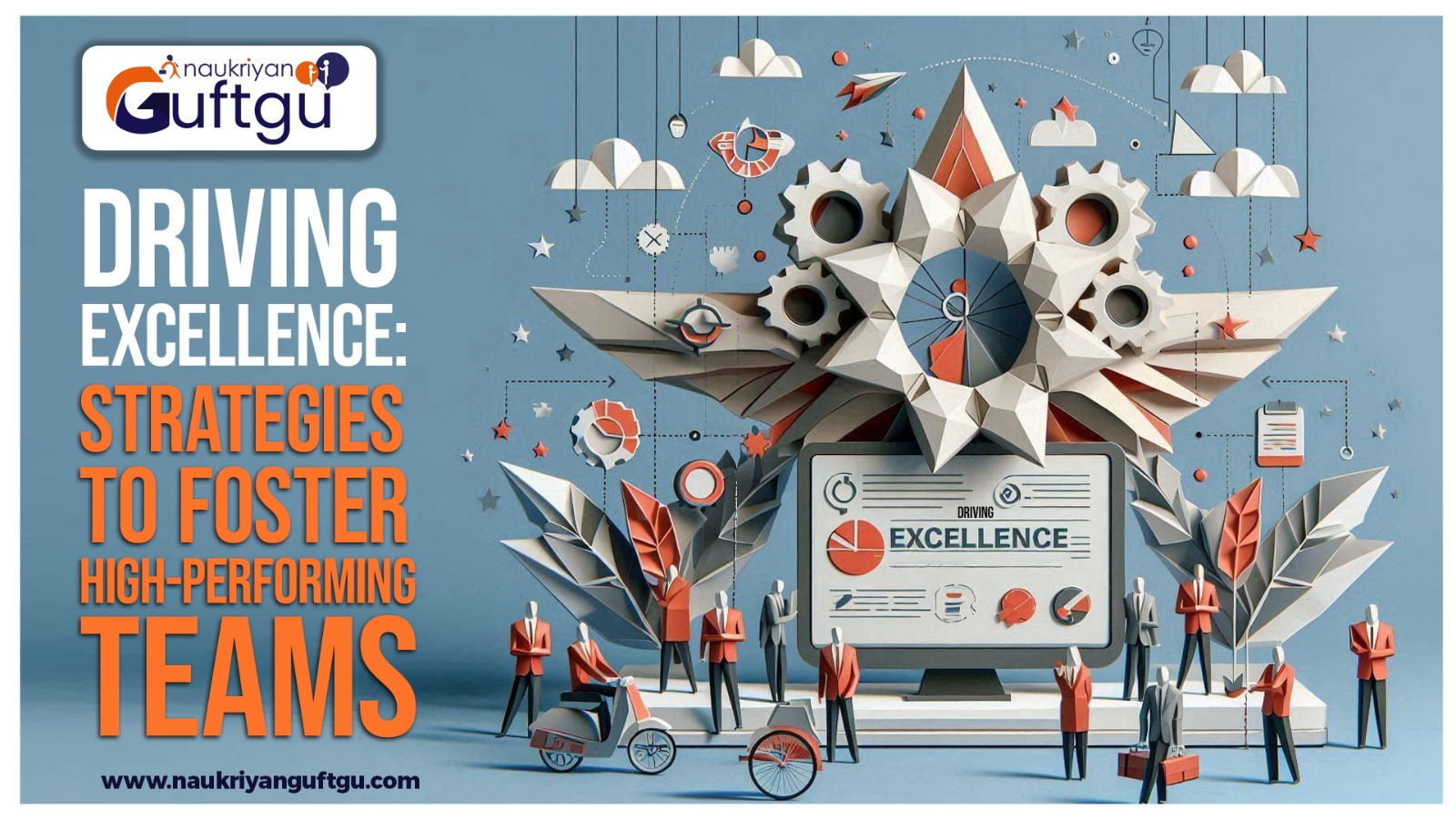
Key takeaways:
- Empathy and collaboration are crucial: Leaders need to connect with their teams, value their perspectives, and work together to achieve goals.
- Agility and adaptability are essential: Leaders must be open to change, embrace new ideas, and be flexible in their approach.
- Diversity and inclusion are critical: Leaders should actively foster a workplace that celebrates differences and leverages a wider range of perspectives.
- Continuous learning is necessary: Leaders and their teams must be committed to ongoing development to stay relevant and successful.
In the fast-paced realm of modern business, where the landscape morphs daily, leadership has become a dynamic journey. With startling insights from Apollo Technical indicating that an overwhelming 79% of employees consider leaving their jobs due to a lack of appreciation from their leaders, the message is clear: static leadership styles belong in the past. Today’s leaders are the captains steering through the ever-changing seas, where adaptability and responsiveness are their best navigational tools. This article delves into five crucial leadership shifts essential for navigating the future, supported by the latest research and compelling success stories.
Embracing Empathy as a Core Leadership Value
Did you know? Nearly 80% of employees say a lack of appreciation from their leaders is a major reason for leaving their jobs (Source: Apollo Technical).
Gone are the days when leaders could afford to remain distant and disconnected. The call for empathy in leadership has never been louder, as leaders are now expected to forge genuine connections with their teams. This shift towards empathy isn’t just about creating a positive work environment; it’s about establishing a culture of mutual trust and respect. Empathy in leadership fosters an inclusive space where every team member feels valued and heard, significantly boosting morale and productivity. Acknowledging the McKinsey report that celebrates the rise of women in leadership roles for their empathetic approach, it’s evident that empathy is not just beneficial but indispensable in today’s leadership paradigms.
Championing Collaboration Over Command
“The greatest leader is not necessarily the one who does the greatest things, but the one who gets the people to do the greatest things.” – Ronald Reagan
The autocratic, top-down approach to leadership is fading, making way for a more collaborative and inclusive style. This shift recognizes the immense value of harnessing collective intelligence and leveraging diverse perspectives for organisational success. Encouraging collaboration among teams, as highlighted by insights from Go Remotely, is not just a preference but a necessity for millennial and younger workforces. Leaders today are seen as facilitators, orchestrating the strengths and skills of their team members to achieve common goals and navigate the complexities of the business world together.
Prioritising Agility for Sustainable Success
Did you know? Empathy in leadership is not just a nice-to-have, but essential. A McKinsey report highlights the success of women leaders who prioritise empathy.
In the rapidly evolving business landscape, agility has become a critical attribute for leaders. This involves being open to change, ready to innovate, and capable of pivoting strategies to meet the demands of the market. The findings from Sproutworth emphasise a significant gap in leadership agility, urging leaders to adopt a more flexible and resilient mindset. Agile leaders are visionaries who can anticipate changes, embrace new ideas, and turn challenges into opportunities, thereby ensuring not just the survival but the thriving of their organisations in uncertain times.
Fostering Diversity and Inclusion
There’s a significant gap in leadership agility according to Sprout worth. Leaders who can adapt and innovate are crucial for success in today’s fast-paced business world.
Diversity and inclusion are now at the forefront of strategic leadership. The underrepresentation of women in leadership roles, as pointed out by Apollo Technical, highlights the need for a more inclusive approach. Leaders must actively work to create environments where diversity is not just accepted but celebrated, recognizing the vast array of perspectives and ideas that it brings. Such leadership not only bridges gaps but also builds a stronger, more innovative, and cohesive organisational culture.
Cultivating a Culture of Continuous Learning
“It is not the strongest of the species that survives, nor the most intelligent, but the one most responsive to change.” – Charles Darwin
The ever-expanding horizon of knowledge demands that leaders prioritise continuous learning and development, not just for themselves but for their teams as well. With many organisations lagging in leadership development, the path forward involves fostering a culture where learning is continuous and encouraged. By promoting an environment of curiosity and knowledge-sharing, leaders can prepare their teams for future challenges and opportunities, ensuring long-term growth and success.
Implementing the Shifts: From Insight to Action
Facts: Women are still underrepresented in leadership roles (Source: Apollo Technical). Fostering diversity and inclusion brings a wider range of perspectives and strengthens the organisation.
Understanding these leadership trends is the first step; implementing them is where the transformation begins. Leaders can:
- Empathise by enhancing emotional intelligence, practising active listening, and making team members feel understood and valued.
- Collaborate by trusting in delegation, encouraging brainstorming, and celebrating shared victories.
- Adapt by maintaining curiosity, embracing innovative solutions, and valuing feedback.
- Included by challenging biases, seeking varied perspectives, and promoting a culture of respect.
- Learn by encouraging continuous skill and knowledge development, creating a learning-friendly environment.
Conclusion
By embracing these transformative leadership trends, leaders can navigate change confidently and inspire their teams to reach new heights. Leadership is an evolving journey, requiring curiosity, adaptability, and a commitment to growth. The future of leadership is in the hands of those who are ready to adapt, collaborate, and empower their teams in a changing world.



